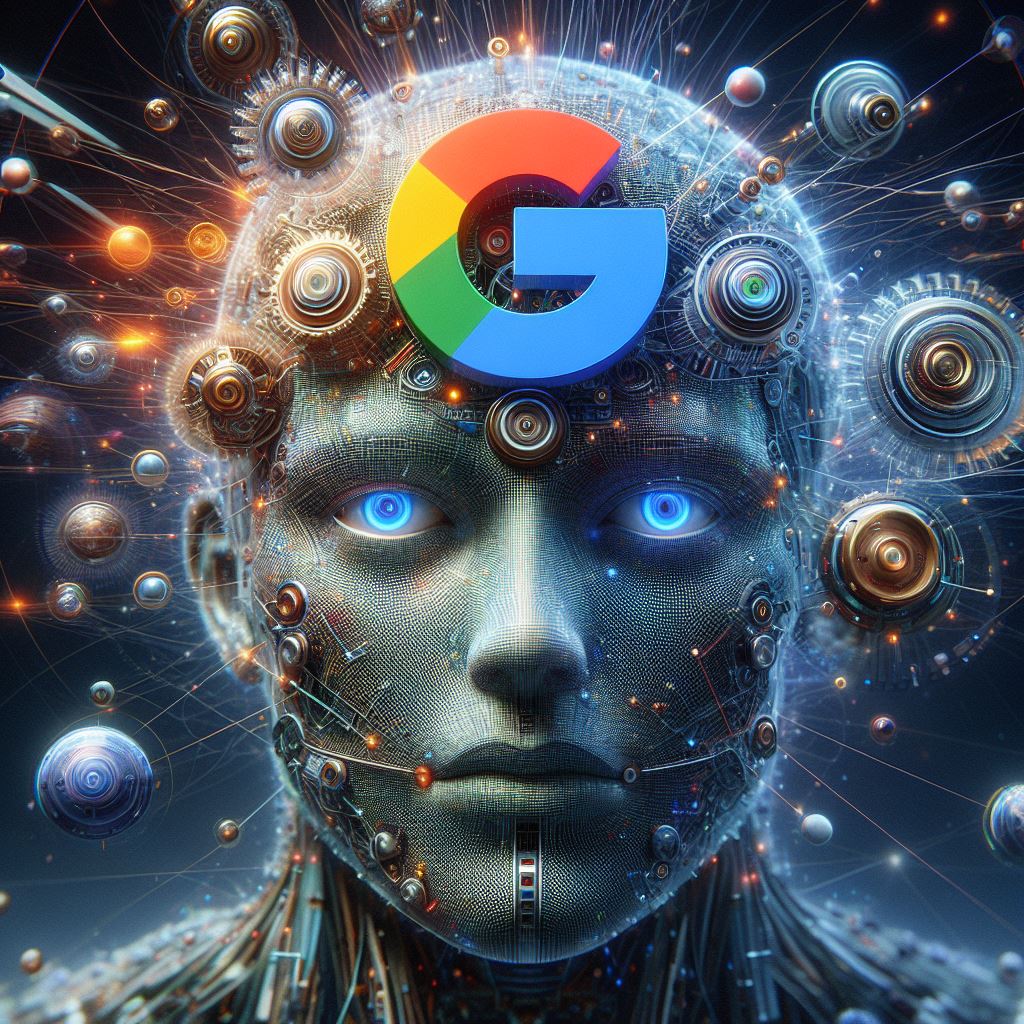Google has recently declared the launch of Google’s Gemini Al Model, its newest generative AI model family. It is developed by the joint efforts of DeepMind and Google Research. Gemini is set to redefine the boundaries of AI abilities.
Gemini is not a singular model but a family of three distinct variants. Each is designed to cater to different needs. The flagship model, Gemini Ultra, is the most powerful and wide-ranging of the three. For those seeking a lighter version, Gemini Pro offers a balance between performance and resource consumption. Lastly, Gemini Nano is a compact model. It is specifically designed for mobile devices, bringing the power of AI to the palm of your hand.
What sets Google’s Gemini AI Model apart from its predecessors is its training data. Unlike Google’s LaMDA, which was trained exclusively on text data, Gemini models were trained on a variety of data types. This includes audio, images, videos, and different languages. This multimodal training approach allows Gemini to understand and generate more than just text. It opens up a world of promises for AI applications.
However, it’s important to note that Gemini is still in its early stages. While it shows promising features, its capabilities are currently limited and have not fully reached the product stage. Cynicism also surrounds the launch of Gemini due to Google’s previous under deliveries with the original Bard launch and a doctored demo video.
Despite these apprehensions and concerns, the launch of Gemini marks a significant step forward in the field of AI. As Google continues to refine and develop these models, we can expect to see a new era of AI applications shortly.
Read More: Google’s Gemini AI: A Quantum Leap in Infrastructure for Unprecedented Generative Power

